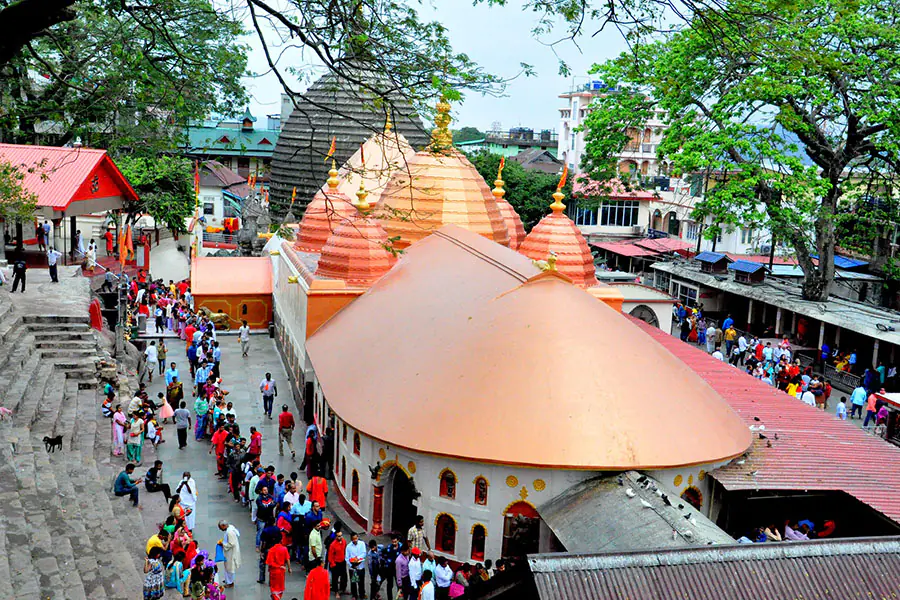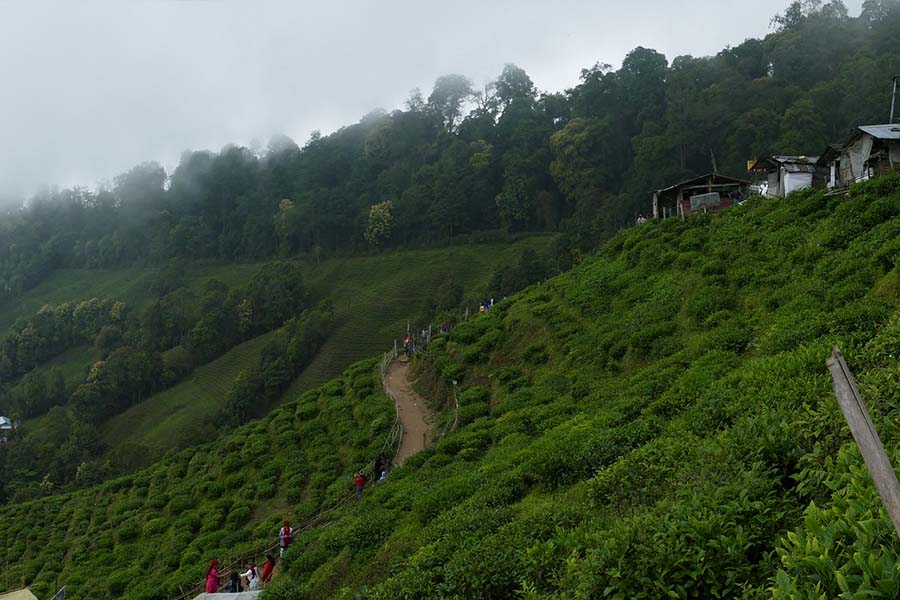Kamakhya Temple: History, Accessibility, Photography, Attractions
Introduction
Nestled atop the Nilachal Hill in Guwahati, Assam, Kamakhya Temple is a testament to India’s rich cultural tapestry. Beyond its architectural splendor, this sacred site is steeped in history, religious significance, and captivating legends. Join us on a comprehensive journey through the mystical allure of Kamakhya Temple.
History of Kamakhya Temple

Kamakhya’s roots stretch into the annals of antiquity. Its ancient origins are shrouded in time, and the temple has witnessed numerous historical events and renovations. Each layer of its history unfolds to reveal a story of resilience and cultural evolution.
Architectural Marvels
The architecture of Kamakhya Temple is a harmonious blend of intricate carvings and symbolic designs. The temple’s unique features, including the dome-shaped shikhara and sculpted walls, reflect not only the skill of ancient craftsmen but also the spiritual symbolism embedded in every nook and cranny.
Religious Significance
As one of the 51 Shakti Peethas, Kamakhya holds a special place in Hinduism. Devotees believe it to be the spot where Goddess Sati’s yoni (reproductive organ) fell during Lord Shiva’s cosmic tandava (dance). The temple is a sacred space for seekers of divine blessings and spiritual insights.
Mystical Legends and Folklore
Kamakhya Temple is not just a physical structure but a living repository of myths and folklore. Local stories speak of the temple’s connection to the powerful goddess Kamakhya and the diverse range of spiritual experiences encountered by those who seek her presence.
Tantric Practices at Kamakhya
Delve into the world of tantric rituals that are an integral part of Kamakhya’s cultural identity. The temple serves as a center for esoteric practices, attracting practitioners and curious minds alike. The intertwining of spirituality and culture is palpable, offering a unique lens through which to explore the divine.
Visitors’ Experience
Every year, pilgrims and tourists alike embark on a journey to Kamakhya, drawn by its spiritual magnetism. Pilgrimages during festivals like Ambubachi Mela bring a surge of energy to the temple, creating an atmosphere of devotion and celebration. Notable visitors, ranging from spiritual leaders to curious travelers, share their transformative experiences within these sacred walls.
Preservation Efforts
While Kamakhya Temple has weathered the storms of time, ongoing conservation initiatives are imperative. The challenges in maintaining the structural integrity of this ancient marvel underscore the need for concerted efforts to preserve its heritage for future generations.
Kamakhya Temple in Popular Culture
Beyond its religious sanctity, Kamakhya finds a place in popular culture. References to the temple can be found in literature, movies, and contemporary art, showcasing its enduring impact on the artistic imagination.
Accessibility and Location
Situated on the picturesque Nilachal Hill, Kamakhya Temple is not just a spiritual destination but a visual feast for nature lovers. Understanding how to reach the temple and the geographical details enhances the overall travel experience, making the journey as enriching as the destination itself.
Local Culture and Cuisine
The influence of Kamakhya extends beyond its sacred walls, seeping into the local culture. From traditional dances to art forms, the temple has left an indelible mark. Exploring the local cuisine adds a flavorful dimension to the visit, with Assamese delicacies inviting visitors to savor the region’s unique tastes.
Nearby Attractions
While Kamakhya is a beacon of spirituality, the surrounding areas offer additional gems for exploration. From historical sites to natural wonders, these attractions complement the pilgrimage, providing a holistic experience for those seeking both cultural and scenic delights.
Kamakhya Temple and Women Empowerment
An intriguing aspect of Kamakhya is its role in empowering women. The temple challenges traditional norms by allowing women to actively participate in rituals, breaking barriers and fostering a sense of gender equality in religious practices.
Photography Tips
Capturing the essence of Kamakhya requires a delicate balance between respecting the sanctity of the surroundings and documenting its awe-inspiring beauty. Photography enthusiasts can explore the best angles and lighting to preserve the spiritual ambiance while creating lasting memories.
Conclusion
In conclusion, Kamakhya Temple transcends its physical existence. It is a spiritual haven, an architectural marvel, and a repository of cultural heritage. A visit to Kamakhya is not just a journey through stone walls; it’s a transformative experience that connects individuals with India’s rich past and vibrant spirituality.
FAQs
- Is photography allowed within Kamakhya Temple premises?
- Yes, photography is permitted. However, visitors are urged to respect the sanctity of the temple and be mindful of their surroundings.
- What is the best time to visit Kamakhya Temple?
- The ideal time is during the Ambubachi Mela in June, a festival that attracts pilgrims and visitors alike.
- Are there any specific dress code requirements for visitors?
- While there’s no strict dress code, modest and respectful attire is recommended to maintain the sanctity of the temple.
- How can one contribute to the preservation of Kamakhya Temple?
- Donations to recognized preservation initiatives are encouraged to support ongoing conservation efforts.
- Are there guided tours available for visitors unfamiliar with the temple’s history?
- Yes, guided tours are available, providing in-depth insights into the temple’s history, significance, and cultural nuances.



